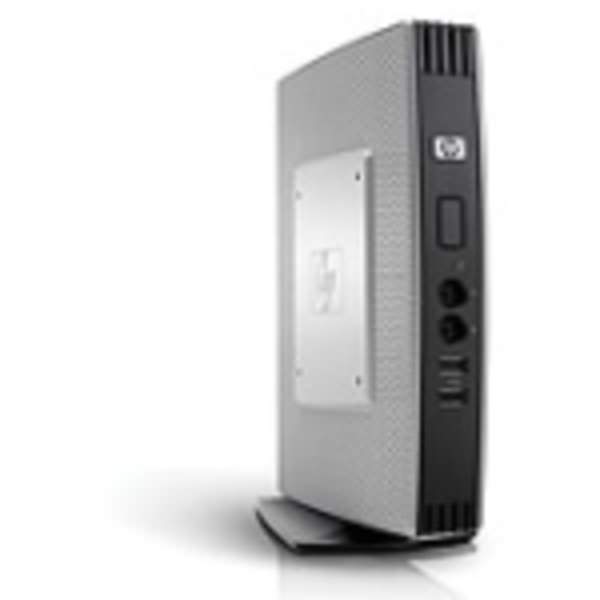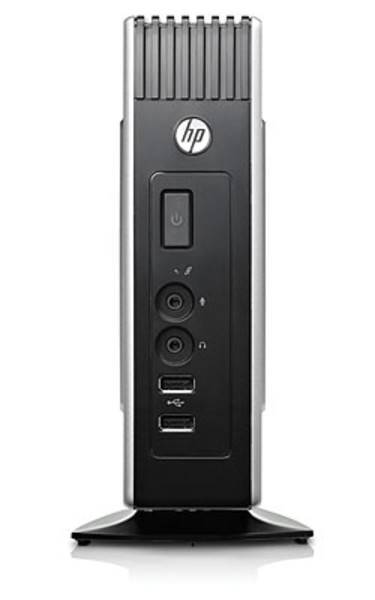A growing number of embedded systems – devices with built-in firmware and non-PC form factors – are running Windows, including point-of-sale terminals, kiosks, and digital signage. But up to now they’ve required a server capable of running Microsoft’s System Center Configuration Manager 2007 (SCCM).

This morning, Hewlett-Packard announced that for the first time, it will offer thin client PCs – systems that run Windows Embedded Standard 7 already – that have Embedded Device Manager 2011 (EDM 2011) pre-installed. This way, out of the box, customers that run Windows Embedded 7 (based on the Windows 7 kernel) don’t have to install a separate server PC (even if it’s just a virtual or cloud-based one) to monitor and maintain devices such as cash registers.
Usually the pre-installation of software on a system is not enough to merit an entire story, but this is an exception due to 1) the system involved, and 2) the relationship of this software to that system. Embedded systems have historically been more difficult to manage and maintain than PCs. Until recently, their firmware kernels haven’t really been large enough to merit an abundance of graphical tools, so an embedded Linux admin finds himself having to be a master of command-line tools and scripting languages for automating scary processes like system updates.
For Windows Server, the SCCM 2007 software typically manages processes such as operating system updates, security configurations, and device inventory, though it was made for full-fledged Windows. But since last March, Microsoft has made EDM 2011 available for implementing SCCM to manage embedded devices… from a PC (or remote device). Now that EDM comes pre-installed on a thin client like a t5570e (right) or t5740e (above) costing somewhere in the mid-three-digit range, depending on configuration, admins can use a thin client to capture and redeploy fully configured system images to a collection of clients.

According to HP documentation released today, “SCCM Software Update Management simplifies the complex task of delivering and managing updates to IT systems across the enterprise. IT administrators can deliver updates of Microsoft products, third-party applications, custom in-house line-of-business applications, hardware drivers, and system BIOS to a variety of devices.”
Embedded devices such as HP’s thin clients utilize a Microsoft feature called enhanced write filtering. It’s a way of using local memory as a cache for storing the images of changes that software running on the client may try to make to the disk – for example, when a Web browser stores cookies. For a system whose real function is point-of-sale, you often don’t want permanent disk changes, so write filtering lets the disk’s original contents be instantly restored by simply rebooting and “forgetting” the changes.
That’s nice, until you – the admin – want to make permanent changes to the operating system like security patches or service packs. You might have had to write a script that turned filtering off, applied the patch, then turned filtering on again. And someplace in that scenario, you worked in some time for praying it all worked right before re-engaging the filter.
One of the benefits of using EDM is that it knows how to programmatically disengage enhanced write filters prior to deploying updates. Another is being able to enroll multiple like devices (e.g., all the front registers) as a single collection, and roll out changes to the entire collection on a manageable itinerary.
Microsoft announced System Center 2012 Configuration Manager (the successor to System Center Configuration Manager 2007 – that’s right, the year got kicked from the end to the middle of the name) last month, though it may yet take some time for SC2012CM to make its way into the field. For now, HP’s solution supports SCCM 2007 and EDM 2011.










